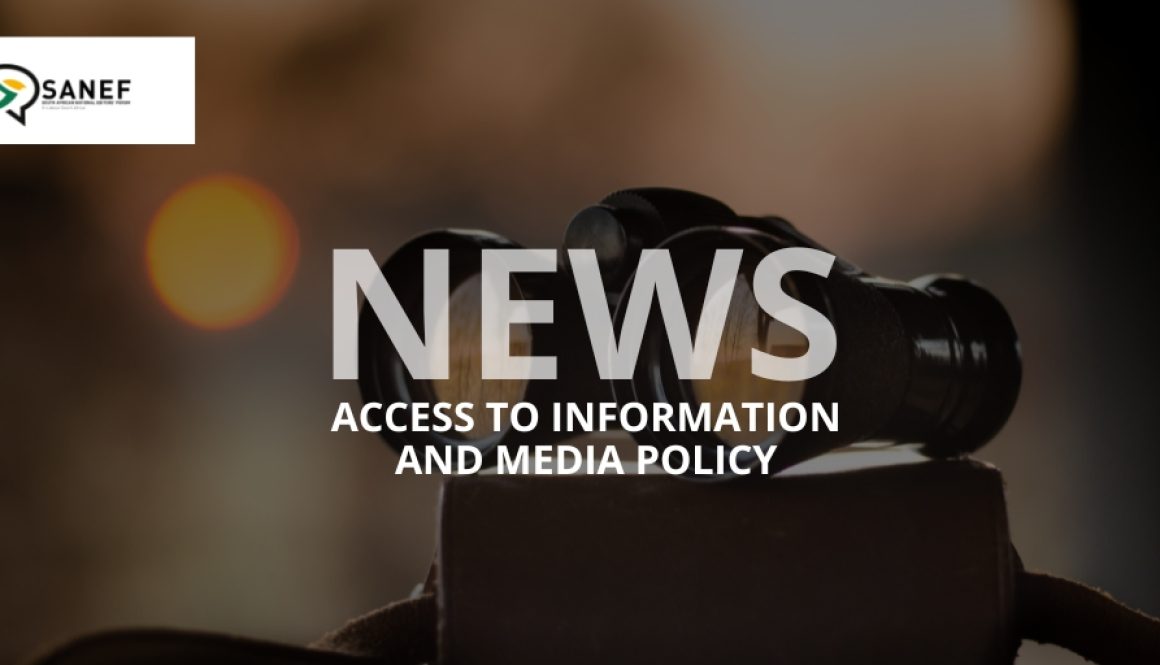Children, Media and the Law

Despite the special protection under our Constitution and the law, and the power they sometimes acquire in the news, children are often underrepresented or marginalised in the news story, when in fact they are deserving of protection, and reportage that is empowering and encouraging of their development.
At the end of 2019, the Constitutional Court grappled with finding the appropriate “balance between protecting children, promoting agency and ensuring freedom of expression and open justice are not unduly curbed”.
Striking the appropriate balance between the rights and interests of children and those of the media has and continues to present challenges and tensions. However, it is possible and ultimately imperative, for the media to fulfil its role in advancing freedom of expression whilst simultaneously ensuring the rights of children are promoted and respected.
Children make up 34% of our population, which translates to around 19.7 million people under the age of 18.1
Children are afforded a special place in our homes, communities, and laws. Their evolving capacities, their potential, their resilience, their ability to learn, develop, change, and play-make them outstanding members of society, and in the eyes of our law. These same qualities also imbue them with colossal power in the news wherein many instances they are portrayed at their most vulnerable and most marginalised precisely to highlight the extreme nature of the story in which they feature.
Ethical dilemmas aside, the importance of children to our society and the violation of their rights and when they are on the wrong side of the law are critical news stories that need to be told. The challenge arises when the best interest of the child together with the special protections afforded in the law requires careful balancing acts to take place to ensure that critical news stories are told. But again, to ensure that children’s rights are respected. In this guide, we look at the latest developments and unpack critical issues relating to children, the media, and the law.
Therefore, all journalists must know scenarios and circumstances defining when a report or the story can reveal the identity of the child. They must also identify those instances that forbid the media from naming the child.
Click here to download the document.
Over the past two decades, organisations like SANEF, UNICEF and Media Monitoring Africa (MMA) have published and distributed reports and guidelines that have sought to assist the media in reporting on children, and ultimately to find the best nexus between children and the media.
These guidelines have determinedly emphasised the rights of children, in particular, the importance of the principle of the best interests of children. They have guided the media on best practices when interviewing children, ensuring that children’s voices are promoted and have explained various legal positions relevant to the reporting of children.
The report and guidelines also navigate complex issues including how to report on children in the context of HIV/AIDS;
media coverage of human trafficking and child protection; and unpacking racial and gender representation of children in the media. The common trend and take away from the various guidelines is that informed, sensitive, and professional journalism is key to the promotion and protection of children’s rights.
This report was prepared with the assistance of ALT Advisory.
This work is licensed under the Creative Commons Attribution-NonCommercial.
4.0 International License. This means that you are free to share and adapt this work so long as you give appropriate credit, provide a link to the license, and indicate if changes were made. Any such sharing or adaptation must be for non-commercial purposes, and must be made available under the same “share alike.”
terms. Full licence terms can be found at http://creativecommons.org/licenses/byncsa/4.0/legalcode.
Socials
Twitter: @SAEditorsForum
Email: [email protected]
Website: SANEF


